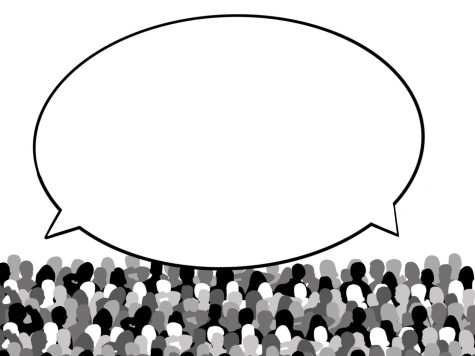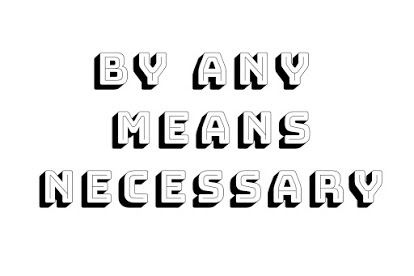The Athlete Role in Social Justice
February 23, 2017
Baseball legend Jackie Robinson once said, “a life is not important except in the impact it has on other lives.” This statement rings true not only in everyday actions, but also raises a question about what role activism plays within the world of athletics. In other words, is it an athlete’s responsibility to not only perform on the behalf of his or her community, but also engage in the social justice issues that affect that community too? To answer this question, several Whitman varsity athletes were asked their opinion on athlete’s roles in advocacy both in the world and on the Whitman campus.
Today, the role of athletic advocate has become immensely important within the world of college athletics. Within our current political climate, collegiate athletes (and non-athletes) have been directly affected by various issues and have felt the need to step up and speak for their schools and local communities.
“College is a time when people come into their views. You’re in an environment where you’re thinking about things and [becoming] more aware of issues and ways to be active rather than [just] thinking about [them]. You get a lot closer to those issues even though physically, you’re a bit farther away from them,” CJ Fritz, first year soccer player and Green Dot advocate said.
Adding to Fritz’s claim, Naomi Lee, a senior soccer player and Whitman Christian Fellowship leader, added, “there is a lot of discourse that tells athletes to shut up. [As a professional athlete,] you’re not being paid to speak on social positions, but that’s frankly BS.”
Many professional athletes might agree with Lee’s statement, as there are plenty of men and women within athletic communities who actively speak on issues regardless of their lack of “payment” for doing so. San Francisco 49ers quarterback Colin Kaepernick has led the most recent charge in athlete activism with his decision to kneel during the National Anthem in solidarity with the Black Lives Matter movement (BLM). In support of Kaepernick, Megan Rapinoe, a midfielder on the U.S. women’s national soccer team, also chose to kneel during several games throughout her season in support of BLM and LGBTQ issues.
Lee believes this mentality should carry over to college athletes as well.
“We care about our school and are super passionate about it, so we should speak on issues that involve it,” she said. “[The] liberal arts education is all encompassing and embracing of different perspectives, ideally. To try to use the skills that we’re learning to create good spaces for discussion and critical thinking about topics in the world as an athlete is really helpful.”
If athletes are accepted as activists, a new question arises centered around how much they should say. In other words, are there issues on which all individuals can speak, or is it more respectful and productive to only engage in issues that affect athletes directly?
John Lyon, a junior baseball player and leader of Whitman’s Athletes for Consent Education group, discussed the challenge of carrying the “athlete” label.
“There’s [still] an issue of being invited to the table,” he said. “It’s never a problem to have more allies and have people supporting the cause however, there are definitely times where we don’t have a place to interfere.”
Fritz agreed. “Being an athlete doesn’t change what you have credibility [to speak] for … But when different communities cross over within athletics it gives us a chance to better understand [each other] and ask questions,” he said.
Drew Edmonds, senior soccer player and member of the Borders Without Methods club, said, “we need to be talking about and prioritizing issues of exclusivity in our sports, of representation, of sexism, racism and many other issues. We should be talking about how our behavior as a team … can actively reproduce or actively reject oppression.”
The visibility of athletes grants them a certain amount of power. However, with this power comes great responsibility, as it is important for activists to speak respectfully and not interfere with an unfamiliar community’s issues. That said, it is clear that Whitman’s athletes are living, breathing examples of collegiate activists. Although it may be on a campus level, these individuals have made their mark within social justice initiatives through the groups they partake in and the causes they champion, encouraging other athletes to do the same. As their leadership demonstrates, the future of Whitman athletic advocacy is bright.








